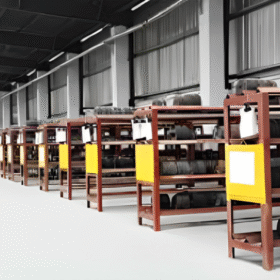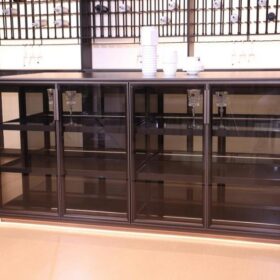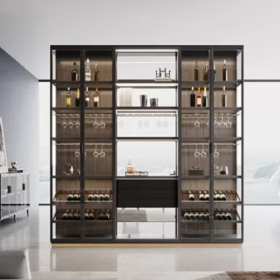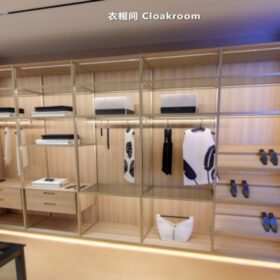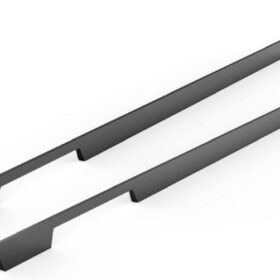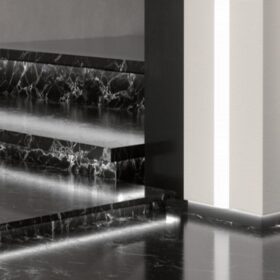Addressing Common Issues with Classic Kitchen Cabinet Handles
Classic kitchen cabinet handles add a timeless touch to any kitchen, but they can sometimes encounter common issues that disrupt their functionality or aesthetics. Here are some practical solutions to address these challenges and maintain the beauty of your classic cabinet handles:
Loose Handles
Tightening Loose Screws
The most common cause of loose handles is worn or loose screws. Use a screwdriver to tighten the screws securing the handle to the cabinet door. If the screws are stripped, replace them with new ones of the same size.
Reinforcing the Screw Anchors
In some cases, the screw anchors embedded in the cabinet door may become loose over time. To reinforce them, remove the handle and apply a thin layer of wood glue to the anchors. Reinsert the screws and tighten them securely.
Sticking Handles
Cleaning Debris
Accumulated dirt, grease, and dust can cause handles to stick. Use a damp cloth and mild detergent to clean the surfaces of the handle and the cabinet door. If the handle continues to stick, remove it and lubricate the moving parts with a few drops of oil.
Adjusting the Strike Plate
The strike plate is the metal plate attached to the inside of the cabinet door that the handle latch catches on. If the strike plate is misaligned, it can prevent the handle from fully engaging. Adjust the strike plate slightly until the handle latch fits smoothly.
Oxidized Handles
Restoring Copper or Brass Handles
Oxidation is a natural process that can cause copper or brass handles to turn green or black. To restore their original finish, use a soft cloth and a mild abrasive cleaner. Avoid using harsh chemicals or steel wool, as they can damage the surface.
Protecting Handles from Future Oxidation
After restoring oxidized handles, apply a clear protective coating, such as lacquer or polyurethane, to prevent further oxidation. Regularly cleaning and polishing the handles will also help maintain their shine.
Broken Handles
Replacing Broken Pulls
If a handle has broken due to excessive force or wear, it must be replaced. Measure the distance between the screw holes and choose a new handle of the same size and style. Remove the old handle and install the new one using the provided screws.
Repairing Broken Knobs
Knobs can sometimes be repaired if the break is clean. Use a strong adhesive, such as epoxy, to bond the broken pieces together. Apply the adhesive sparingly and hold the pieces together firmly until the adhesive sets.
By addressing common issues with classic kitchen cabinet handles promptly and correctly, you can ensure their smooth operation and preserve their aesthetic value. Whether it’s tightening loose screws, cleaning debris, or replacing broken handles, these solutions will help you maintain the beauty and functionality of your classic kitchen cabinetry.
-
2024-11-29Top Trends in Modern Kitchen Cabinet Pulls for 2024
-
2024-11-28The Ultimate Guide to Modern Kitchen Cabinet Pulls- Materials, Styles, and Tips
-
2024-11-27Elevate Your Kitchen Design with These Must-Have Modern Cabinet Pulls
-
2024-11-26Sleek and Stylish- The Best Modern Kitchen Cabinet Pulls for a Contemporary Look

